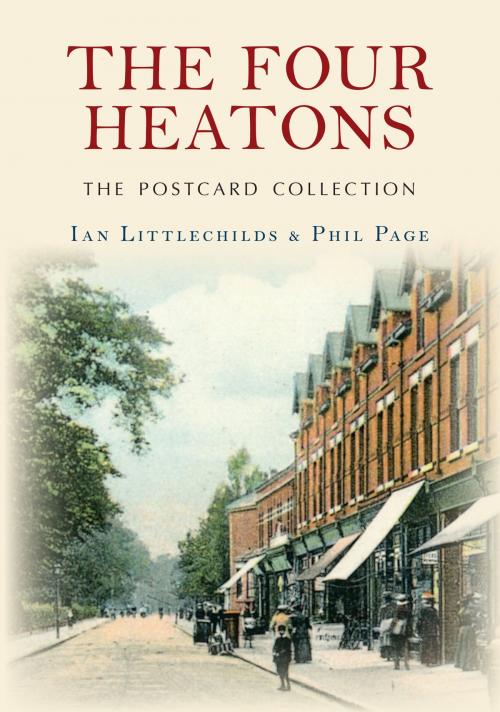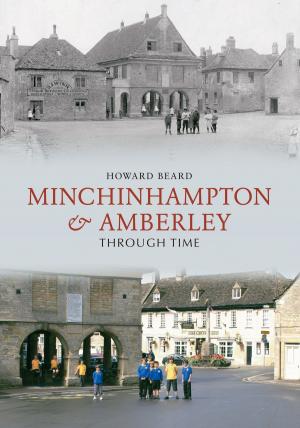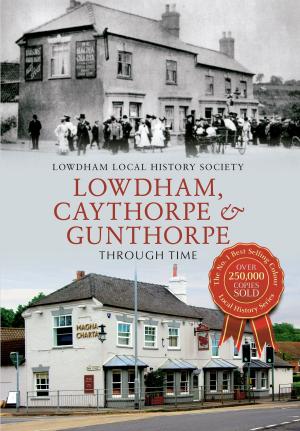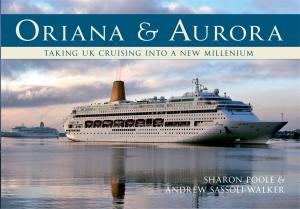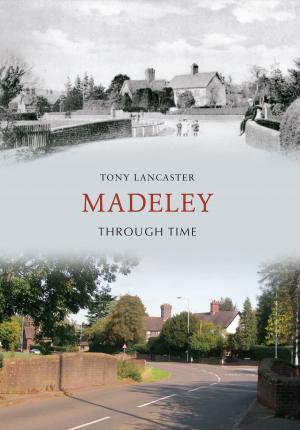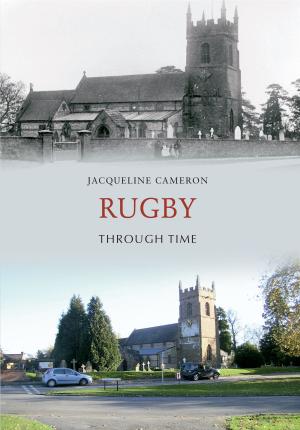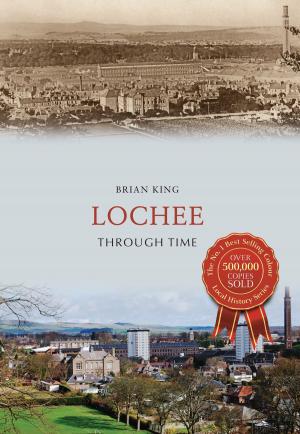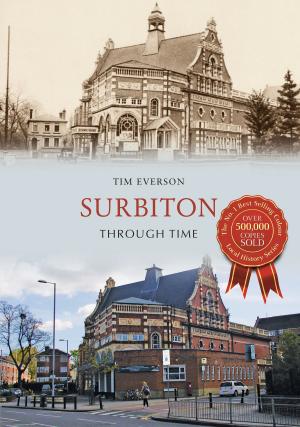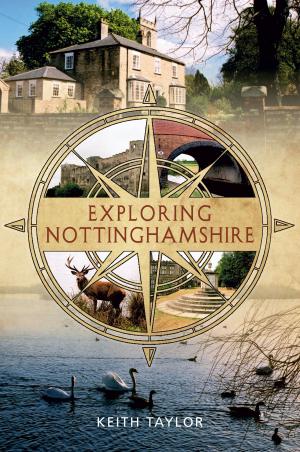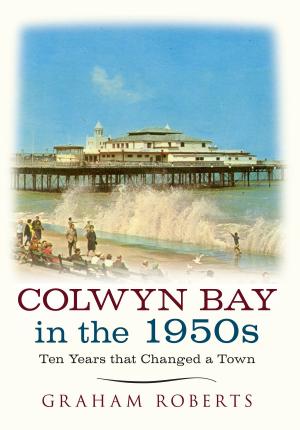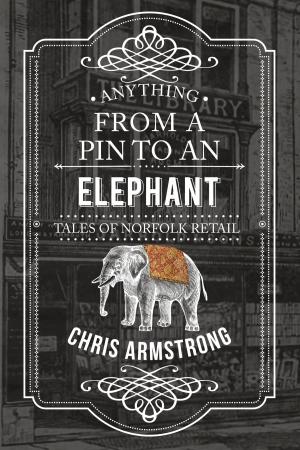The Four Heatons The Postcard Collection
Nonfiction, Art & Architecture, Photography, Pictorials, Travel, History| Author: | Ian Littlechilds, Phil Page | ISBN: | 9781445645810 |
| Publisher: | Amberley Publishing | Publication: | November 15, 2015 |
| Imprint: | Amberley Publishing | Language: | English |
| Author: | Ian Littlechilds, Phil Page |
| ISBN: | 9781445645810 |
| Publisher: | Amberley Publishing |
| Publication: | November 15, 2015 |
| Imprint: | Amberley Publishing |
| Language: | English |
Situated a few miles to the south of Manchester City Centre, the Four Heatons have always been popular residential suburbs for families wishing to swap the industrial clamour of the inner city for fresh air and fine views across open spaces to the Pennines and the Cheshire Plain. The coming of the railways in the late nineteenth century provided easy access to the area for commuters travelling between Manchester and Stockport, resulting in the building of the imposing period houses, churches, tree-lined roads and parks that are still a feature of the area today. Each of the Four Heatons has its unique story to tell. Heaton Chapel’s links to St Thomas’ Church, Heaton Mersey’s journey from rural hamlet to Victorian village, Heaton Moor’s development as the natural centre to the area and Heaton Norris’ industrial heritage, can all be traced through the pictures and stories of these postcards. Between 1901 and 1910 the Heatons were involved in the communications revolution which swept across Britain and were unequalled until the digital age of the 21st century. The postcards which survive today tell that story through the work of pioneering photographers and give us a unique insight into Heatons’ life from the early part of the twentieth century.
Situated a few miles to the south of Manchester City Centre, the Four Heatons have always been popular residential suburbs for families wishing to swap the industrial clamour of the inner city for fresh air and fine views across open spaces to the Pennines and the Cheshire Plain. The coming of the railways in the late nineteenth century provided easy access to the area for commuters travelling between Manchester and Stockport, resulting in the building of the imposing period houses, churches, tree-lined roads and parks that are still a feature of the area today. Each of the Four Heatons has its unique story to tell. Heaton Chapel’s links to St Thomas’ Church, Heaton Mersey’s journey from rural hamlet to Victorian village, Heaton Moor’s development as the natural centre to the area and Heaton Norris’ industrial heritage, can all be traced through the pictures and stories of these postcards. Between 1901 and 1910 the Heatons were involved in the communications revolution which swept across Britain and were unequalled until the digital age of the 21st century. The postcards which survive today tell that story through the work of pioneering photographers and give us a unique insight into Heatons’ life from the early part of the twentieth century.
